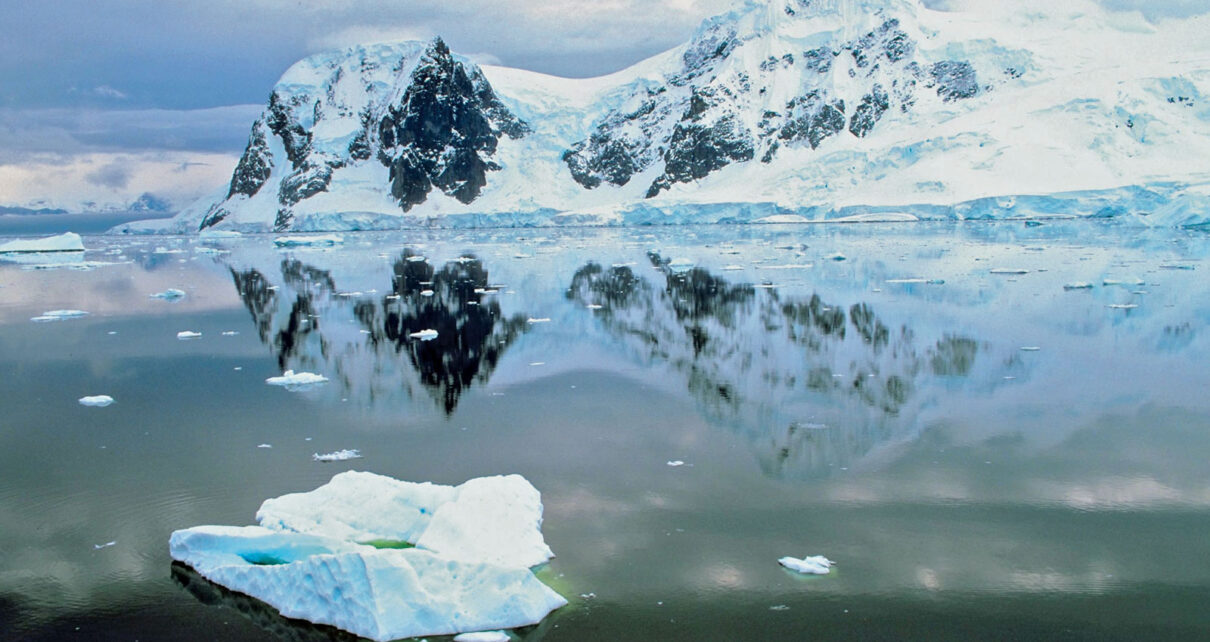The United Nations on Thursday recognised a new record high temperature for the Antarctica, confirming a reading of 18.3 degrees Celsius (64.9 degrees Fahrenheit) made last year.
The record heat was reached at Argentina’s Esperanza research station on the Antarctic Peninsula on February 6, 2020, the UN’s World Meteorological Organization (WMO) said.
With this, Antarctica has now become one of the fastest-warming regions in the world — registering a rise of almost three degrees Celsius in the last 50 years, WMO secretary-general Petteri Taalas said.
According to the UN agency, the high temperatures in Antarctica are a result of a large high-pressure system creating “fohn conditions”, which are downslope winds creating significant surface warming. This, in turn, resulted in local warming both at the Esperanza station and at Seymour Island. Past scenarios such as this had also produced conditions conducive for similar record temperatures, an official release stated.
The previous verified record for the Antarctic continent — the mainland and its surrounding islands — was 17.5C (63.5F) recorded at Esperanza on March 24, 2015. The record for the wider Antarctic region — everywhere south of 60 degrees latitude — is 19.8C (67.6F), taken on Signy Island on January 30, 1982.
Concern for global warming
Antarctica’s average annual temperature ranges from about minus 10C (14F) on the coast to minus 60C (minus 76F) at the highest parts of the interior.
“Even more so than the Arctic, the Antarctic is poorly covered in terms of continuous and sustained weather and climate observations and forecasts, even though both play an important role in driving climate and ocean patterns and in sea level rise,” said Taalas.
The Earth’s average surface temperature has gone up by 1C since the 19th century, enough to increase the intensity of droughts, heat waves and tropical cyclones.
But the air over Antarctica has warmed more than twice that much.
Recent research has shown that warming of two degrees Celsius could push the melting of ice sheets atop Greenland and the West Antarctic — with enough frozen water to lift oceans 13 metres (43 feet) — past a point of no return.
“This new record shows once again that climate change requires urgent measures,” said WMO first vice president Celeste Saulo, the head of Argentina’s national weather service.




